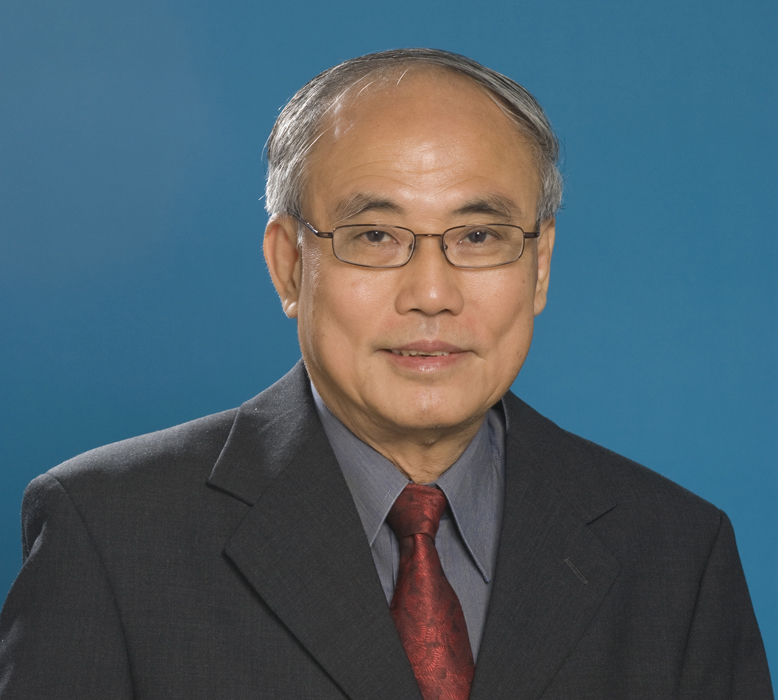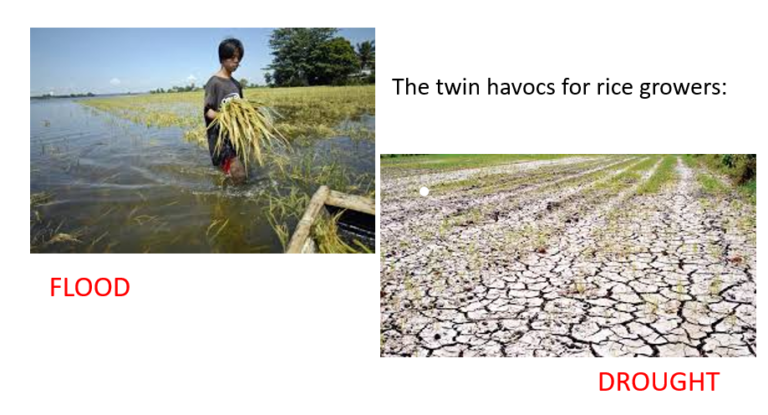President's Message
Message 33/2019
Drought and Flood Resistant Rice Fields

Mr Lim Soon Heng, PE, FIMarEST.
Founder President

Rice is the staple food of more than half the world’s population. “Rice is Life.”
Unfortunately, with climate change and global warming this important food source is under threat, by drought on the one hand and floods on the other. These twin havoc affects the life not only of the consumers but more devastatingly of the hundreds of millions of rice growers in many less-than-affluent countries.
Hundreds of agriculture scientists the world over are finding ways to come up with solutions including growing rice in brackish water and on dry land.
Borrowing innovations in the maritime world, another viable solution may be in sight. It does not require the painstaking research to develop new strains of rice which could take years.
It is possible to develop floating fields where existing strains of rice can be grown with non-saline water harvested from rain or rivers. These fields are enclosed by floating structures below which are large storage facilities to hold water for use during dry periods. These fields can be in large lakes or even in the sea. Those in the sea can be linked to rivers so that if rainfall is inadequate to replenish the storage tanks, river water may be used.
Floating vegetable gardens are by no means new. In Inle Lake Myanmar, crops are grown in floating gardens made of reeds. However, to progress from a lake to the sea is a quantum leap. That leap is now feasible with proven mooring systems. Modules of floating fields can be assembled in the sea to form a single cluster of several hundred hectares. Material are available which are resilient to ultraviolet and to seawater and practically maintenance free.
I am happy to announce that two of our members has embarked developing this idea to a stage where we can seek funds to produce a prototype. They are both naval architects who have been involved with the design and construction of offshore structures. One has recently retired after many years as a surveyor with one of the world’s leading classification society. The other is working as a Senior Engineer in the largest shipyard in Singapore.
The sea covers about 70% of the planet’s surface so finding the space to accommodate them would be much easier than finding a plot of land.
Deploying rice field in the sea means the land can be repurposed for housing, schools, hospitals and other much needed amenities. Also, factories to provide alternative employment to the impoverished communities. The pressure on coastal land will increase as more people gravitate towards the coastline.
These fields are immune to the threat of rising sea levels and do not destroy the marine ecology as does land reclamation. The construction of the fields can be carried out by the farmers themselves as little skill is required. The design can be tailored to the budget available. The construction material may be light weight concrete, HDPE tubes, or even bamboo depending on the funds available.
If made from more durable material such as concrete, the surrounding areas can be enhanced with floating resorts. Rice fields are good for eco-tourism. In Ubud, Bali, many investors have capitalised on this attraction. This can be exploited to provide more employment opportunities for the locals.
Planting and harvesting can be mechanised to a higher degree than is possible on land as heavier structures can be supported on floating structures than on marshy land. Enclosures to reduce pest attack and birds can be easily erected.
Please feel free to contact me if you would like to play a meaningful role in this project.
President
Lim Soon Heng
31 January 2020
